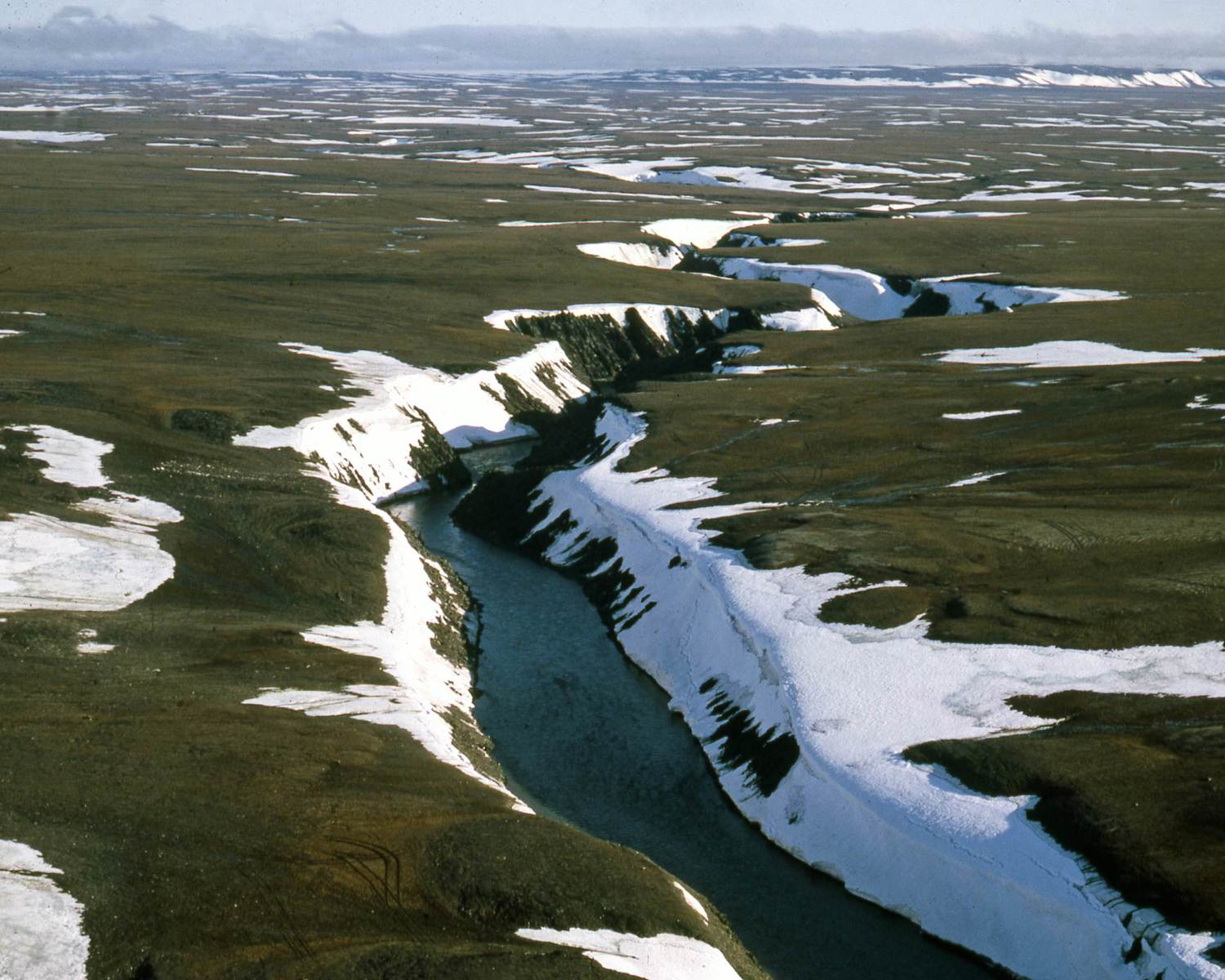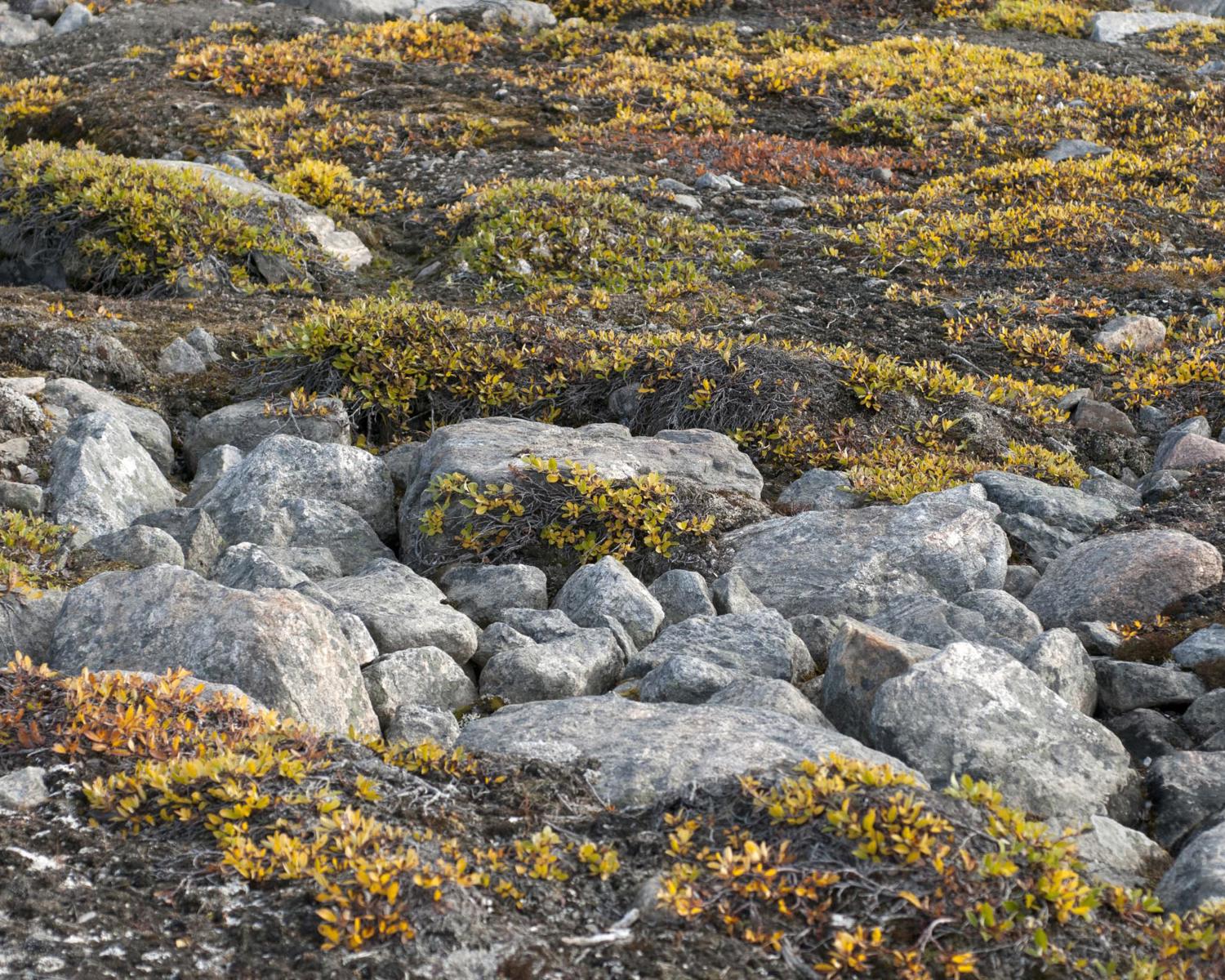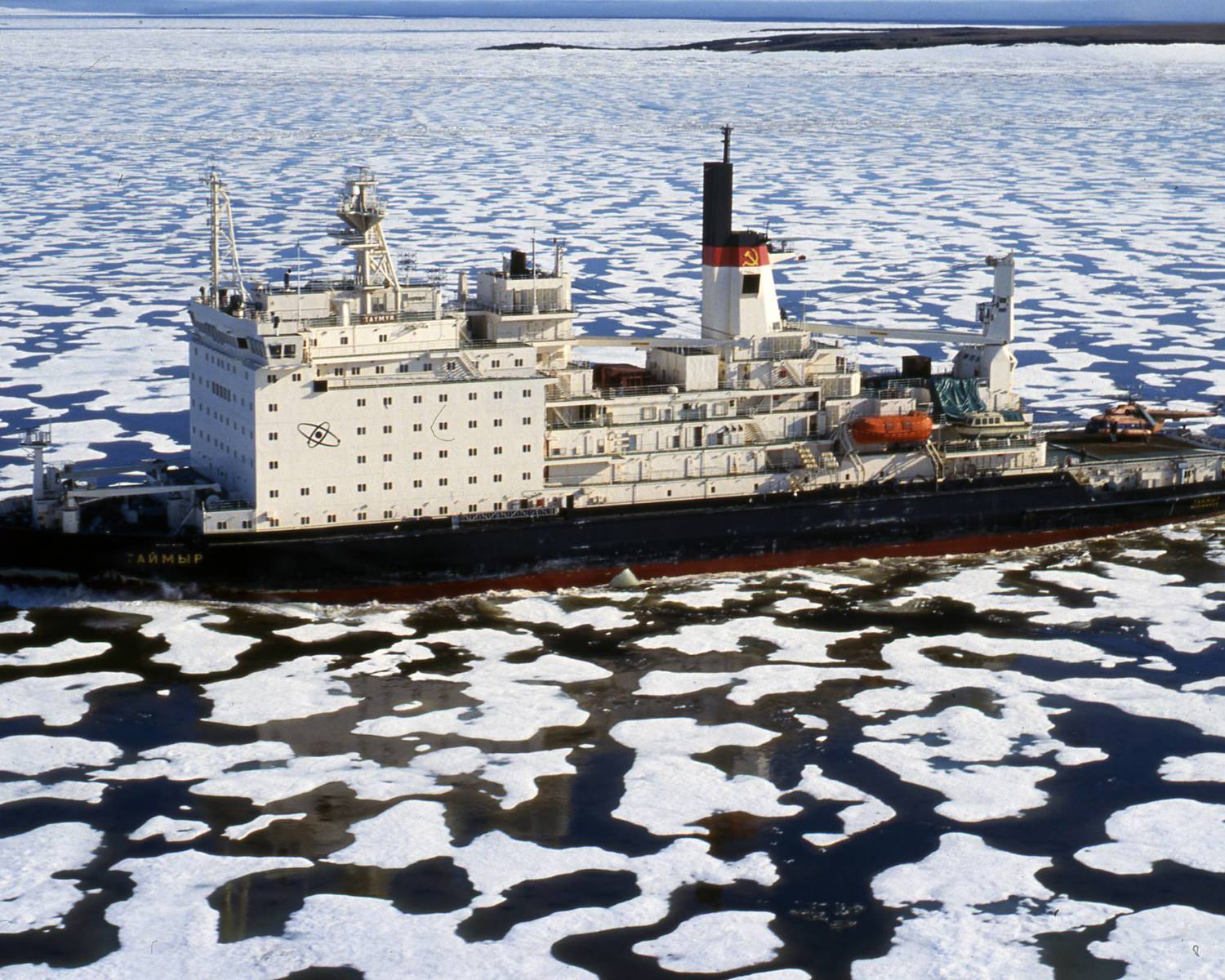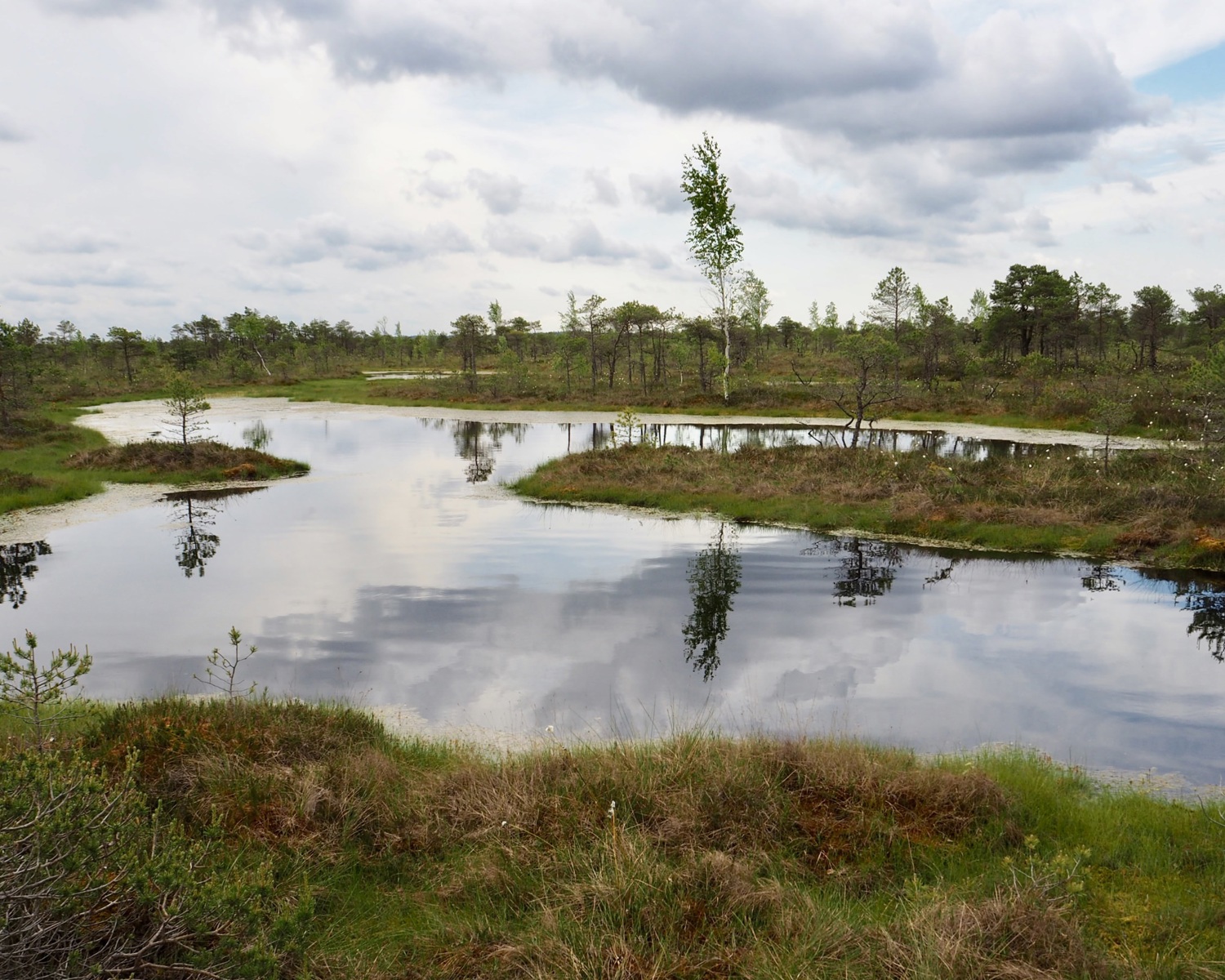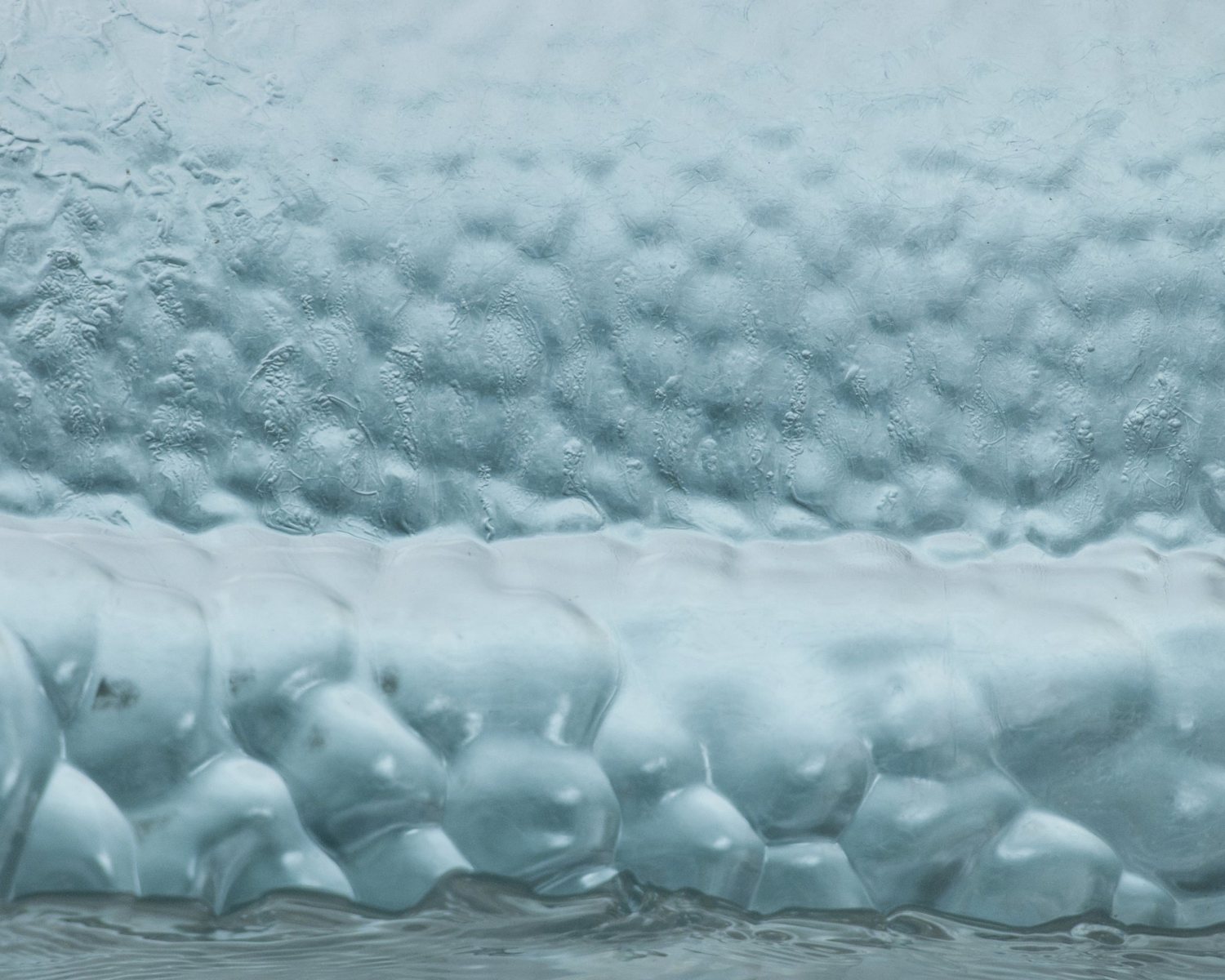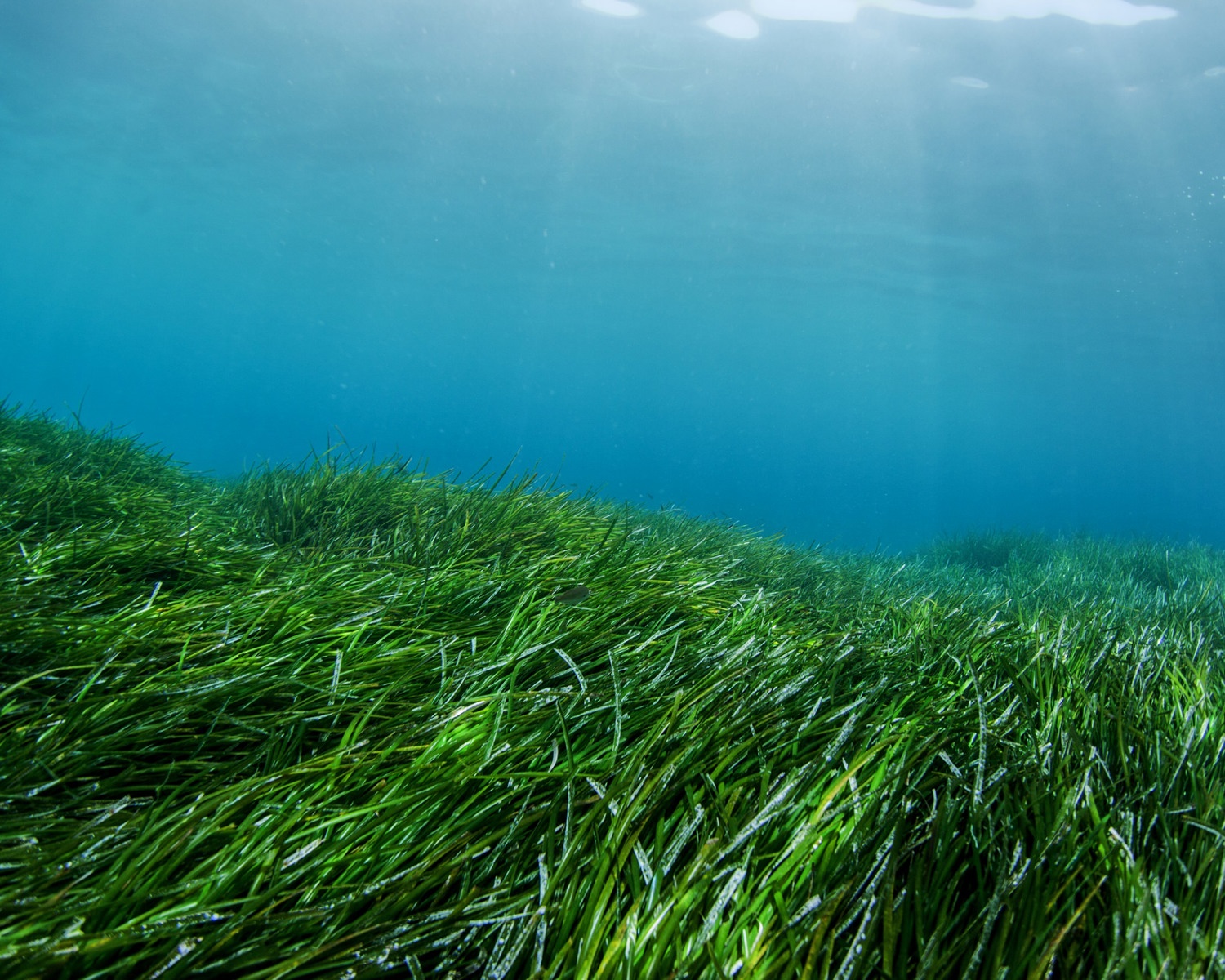Atmospheric Methane destruction: Tropospheric iron salt aerosol injection

Tropospheric Iron Salt Aerosol injection (ISAI) has recently received significant attention as a potential methane mitigation technique.
It would mimic a naturally occurring methane degrading process by injecting iron salts in the troposphere. In reaction with sunlight, these iron salts would irradiate and form chlorine radicals, which would then allow methane to be degraded into CO2. Alongside this methane destruction capability, ISAI is said to have other climate cooling effects as it might break down tropospheric ozone, and, if released over oceans, it might brighten clouds (see Arctic marine cloud brightening) and the iron particles might fertilize the ocean (see Ocean fertilization). Potentially, the aerosols could be distributed by ships.
Analysis overview

Technological Readiness Level (TRL)
Low 1
Technological Readiness Level (TRL)
A technology with a TRL of 1-3: TRL 1 – Basic; TRL 2 – Concept formulated; TRL 3 – Experimental proof of concept

Scalability
High 3
Scalability
High ability to scale physically; exponential efficiencies

Timeliness for near-future effects
Unknown 0

Northern + Arctic potential
Unknown 0

Global potential
Unknown 0

Cost - benefit
Moderate 2
Ming et al. 2021 give a cost of ~$1/tCO2, which would make it by far the cheapest measure for CDR.
Cost - benefit
Significant investment costs needed, but still much cheaper than the avoided damage costs (e.g., 30%).

Environmental risks
Unknown 0

Community impacts
Unknown 0

Ease of reversibility
Unknown 0

Risk of termination shock
Unknown 0

Legality/governance
Unknown 0

Scientific/media attention
Medium 2
Scientific/media attention
Some attention within the scientific community, including published research and funding programmes; some media attention; some commercial interest
References
Jackson, R. B., Abernethy, S., Canadell, J. G., Cargnello, M., Davis, S. J., Féron, S., ... & Zickfeld, K. (2021). Atmospheric methane removal: a research agenda. Philosophical Transactions of the Royal Society A, 379(2210), 20200454. https://doi.org/10.1098/rsta.2020.0454
Kim, J., Maiti, A., Lin, L. C., Stolaroff, J. K., Smit, B., & Aines, R. D. (2013). New materials for methane capture from dilute and medium-concentration sources. Nature communications, 4(1), 1694. https://doi.org/10.1038/ncomms2697
Ming, T., Davies, P., Liu, W., & Caillol, S. (2017). Removal of non-CO2 greenhouse gases by large-scale atmospheric solar photocatalysis. Progress in Energy and Combustion Science, 60, 68-96. https://doi.org/10.1016/j.pecs.2017.01.001
Ming, T., de Richter, R., Oeste, F. D., Tulip, R., & Caillol, S. (2021). A nature-based negative emissions technology able to remove atmospheric methane and other greenhouse gases. Atmospheric Pollution Research, 12(5), 101035. https://doi.org/10.1016/j.apr.2021.02.017
Nisbet-Jones, P. B., Fernandez, J. M., Fisher, R. E., France, J. L., Lowry, D., Waltham, D. A., ... & Nisbet, E. G. (2022). Is the destruction or removal of atmospheric methane a worthwhile option?. Philosophical Transactions of the Royal Society A, 380(2215), 20210108. https://doi.org/10.1098/rsta.2021.0108
Oeste, Franz, and Clive Elsworth (2022), Essentials of the rich EDARA photochemistry, its albedo enhancement its impact on the ocean’s photic zone and the status of its development.
Sturtz, T. M., Jenkins, P. T., & de Richter, R. (2022). Environmental Impact Modeling for a Small-Scale Field Test of Methane Removal by Iron Salt Aerosols. Sustainability, 14(21), 14060. https://doi.org/10.3390/su142114060
Sun, T., Ocko, I. B., & Hamburg, S. P. (2022). The value of early methane mitigation in preserving Arctic summer sea ice. Environmental Research Letters, 17(4), 044001. https://doi.org/10.1088/1748-9326/ac4f10

